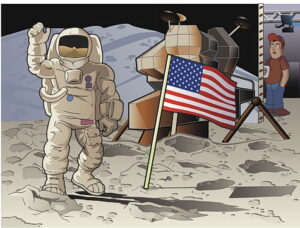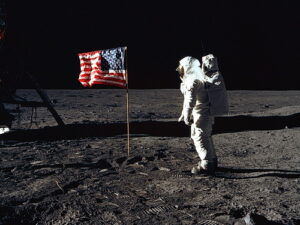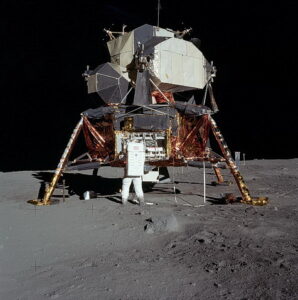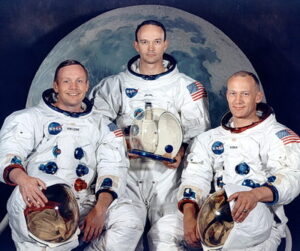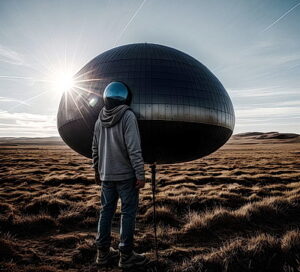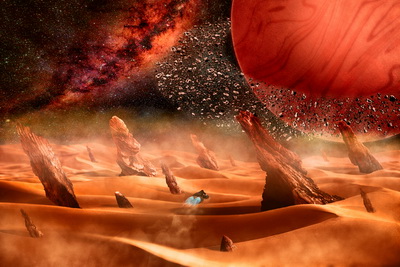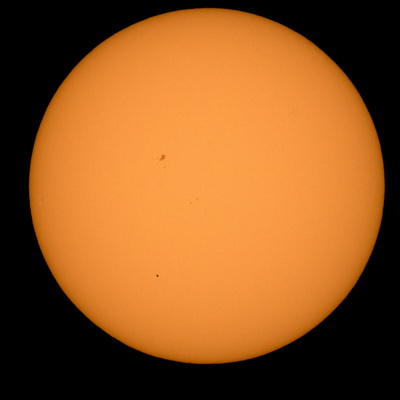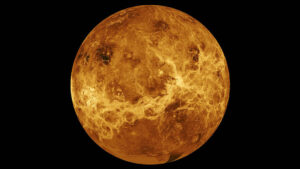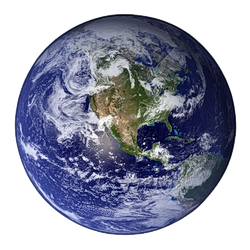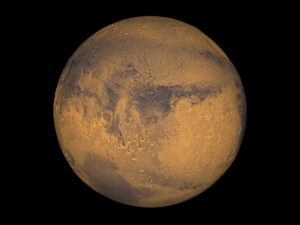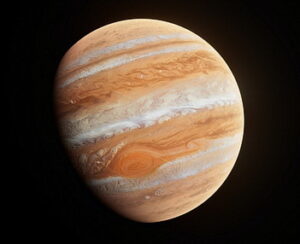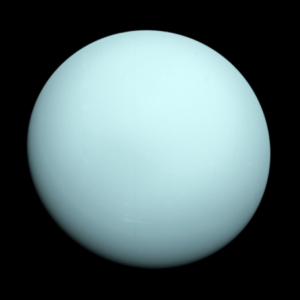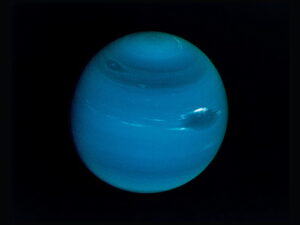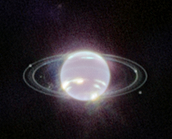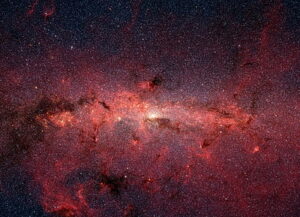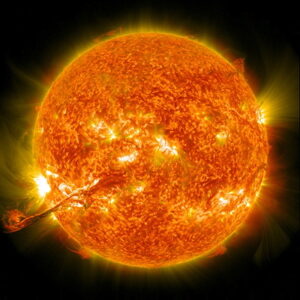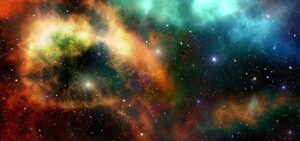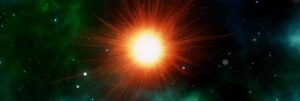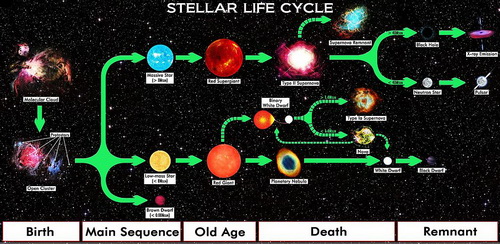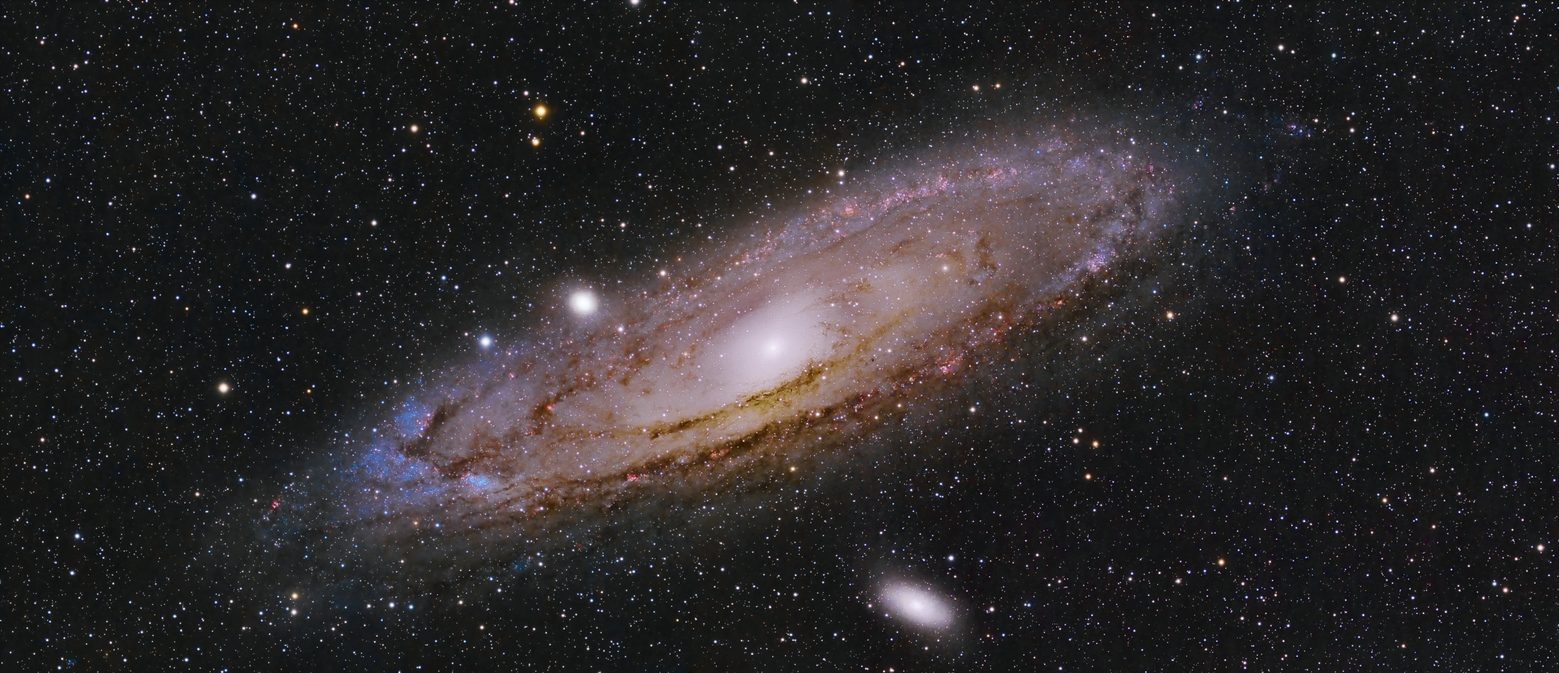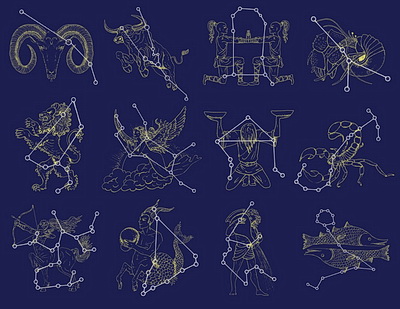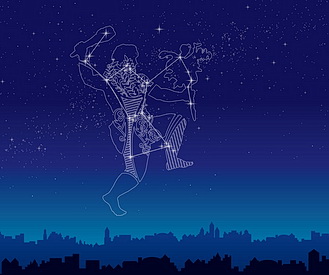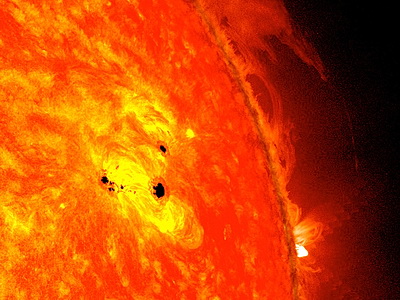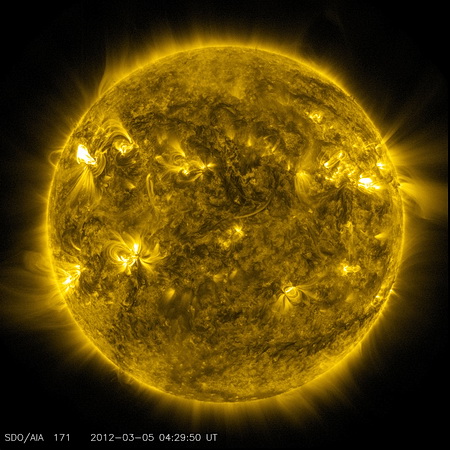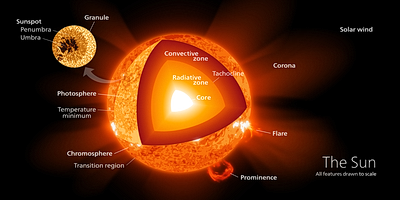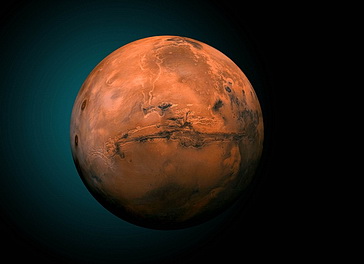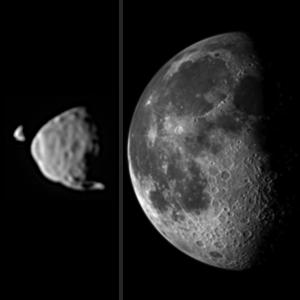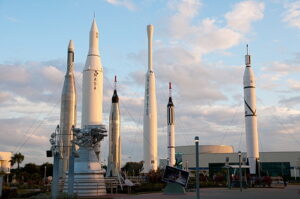
With the advent of NASA’s new planned trips to the moon and Mars and Elon Musk jumping in with his successful Space-X program, we’d thought it would be a good time to look back at how we got to this point and what better way to begin but with the Space Shuttle program. (Yes, we can go back further to the Saturn V and the manned moon trips but we will in a separate article because such a major achievement deserves its own space (put intended ????)
Space Shuttle Overview

The space shuttle Columbia was the first of the shuttle crafts to be launched and ultimately became a feat of engineering excellence. It was the most complex machine ever built to bring humans to and from space, and it has successfully expanded the era of space exploration. It leads to two decades of an unsurpassed legacy of achievement.
The difference between the shuttle program and previous rockets that went into space was that these aircraft were designed to be used over and over again. Columbia completed 28 missions over 22 years.
In the Beginning
The Columbia Space Shuttle was named after a sailing vessel that operated out of Boston in 1792 and explored the mouth of the Columbia River. One 975 in Palmdale, California, was delivered to the Kennedy Space Center in 1979.
There were many problems with this orbiter initially and this ultimately resulted in a delay in its first launch, but finally, on April 12, 1981, the shuttle took off and completed its Orbital Flight Test Program missions, which was the 20th anniversary of the first spaceflight and first manned human spaceflight in history known as Vostok 1.
Columbia orbited the Earth 36 times, commanded by John Young, a Gemini and Apollo program veteran, before landing at Edwards Air Force Base in California.
The Mission
Columbia was used for research with Spacelab and it was the only flight of Spacehab‘s Research Double Module. It was also used to deploy the Chandra Observatory, a space telescope.
Columbia’s last successful mission was to service the Hubble Space Telescope launched in 2002 and was its 27th flight. Its next mission, STS-107, saw a loss of the orbiter when it disintegrated during reentry into the atmosphere and killed all seven of its crew.
February 1, 2003
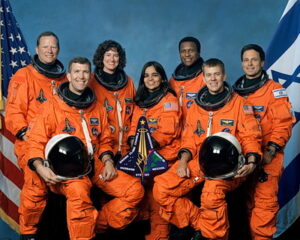
After a successful mission in space, the seven members of the Columbia began their return for reentry into Earth’s atmosphere, but something was about to go wrong.
On this date, February 1, 2003, a small section of insulating foam broke off the shuttle. At first thought, one would think that this would not be a major problem, but when it comes to space flight and all the engineering complexities that come with it, one small defect can lead to disaster, and sadly, that is exactly what happened.
After months of investigation, it was determined that the reason for the foam breaking away from the Shuttle was due to a failure of a pressure seal located on the right side of the rocket booster.
This was the second disaster where we lost astronauts during space shuttle flights. The first was during a Challenger mission on January 28, 1986. This author distinctly remembers watching the take-off of the Challenger and then hearing a large expulsion. Everyone knew at that moment in time, that something was wrong.
The Result
The benefits that humankind has gained from these shuttle flights were enormous. There were missions directly involved in launching and servicing the Hubble Space Telescope, docking with the Russian space station Mir, as well as performing scientific experiments that have ultimately benefited all of us.
In 2011, President Bush retired the Shuttle orbiter fleet and the 30-year Space Shuttle program in favor of the new Constellation program, but there were many costs and delays with this program and subsequently, it was canceled by President Obama in favor of using private companies to service the International Space Station. From then on, U.S. crews accessed the ISS via the Russian Soyuz spacecraft until a U.S. crew vehicle was ready.
Today, we are experiencing achievements never before considered a reality within our lifetime. From the amazing photos from the James Well telescope to our planned missions to the moon and Mars, we have to credit those who came before these missions who deserve all the credit, lest we forget the ones who ultimately gave it all for the benefit of humankind!

